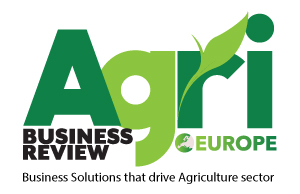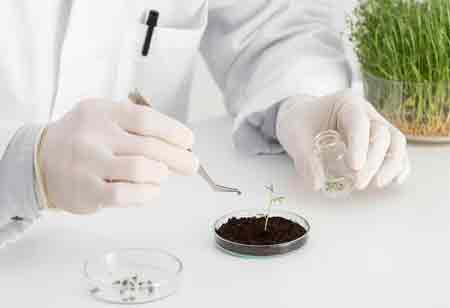Thank you for Subscribing to Agri Business Review Weekly Brief
Affordable Climate Control for Smallholder Poultry Farms
The profitability of smallholder poultry farming relies on effective microclimate management through passive design and low-cost innovations for temperature and humidity control, which enhance bird health and production.

By
Agri Business Review | Wednesday, December 17, 2025
Stay ahead of the industry with exclusive feature stories on the top companies, expert insights and the latest news delivered straight to your inbox. Subscribe today.
Fremont, CA: The profitability and sustainability of smallholder poultry farming hinge significantly on maintaining a stable and comfortable environment for the birds. Microclimate management—controlling factors such as temperature, humidity, and air quality—is essential for promoting optimal health, growth, and production. However, sophisticated, energy-intensive systems are often beyond the reach of small-scale operators. This has spurred the development of accessible, low-cost innovations focused on passive design and innovative, resource-efficient technology.
Passive Design and Natural Regulation
A foundational approach to affordable environmental control lies in architectural design and resource utilization. Simple, yet strategic, construction techniques can naturally regulate internal conditions. For example, orienting a poultry house along an east-west axis minimizes direct solar heat gain throughout the day. Utilizing locally available, insulating materials for roofing and walls, like thatch or specific roofing sheets, helps buffer temperature extremes. A proper roof overhang provides essential shading to the side walls, further reducing heat absorption. The inclusion of ridge ventilation—an opening along the apex of the roof—allows warm, stale air to escape naturally due to buoyancy, creating a vital airflow mechanism without the need for electric fans. Natural ventilation systems, employing adjustable sidewall curtains or strategic inlet openings, are also fundamental, allowing the farmer to manage airflow to remove moisture and gases like ammonia.
Low-Cost Cooling and Smart Monitoring
Complementing passive design are various cost-effective cooling and monitoring techniques. For hotter climates, evaporative cooling provides a powerful, low-energy solution. Techniques such as simple misting or fogging systems release ultra-fine water droplets into the air; as these droplets evaporate, they absorb heat, lowering the ambient temperature. These systems can be made more efficient with basic timers or low-cost sensors to prevent over-wetting the litter, which is vital for maintaining good hygiene. More advanced, yet increasingly affordable, innovations incorporate basic sensor technology and automation. The integration of low-cost, connected sensors allows smallholders to monitor critical parameters like temperature and humidity in real-time. This real-time data informs better management decisions, such as when to adjust curtains or manually activate a simple cooling system. Affordable LED lighting, which allows for precise regulation of the photoperiod and even light spectrum, is another key innovation that enhances bird health and production.
Ultimately, affordable innovation in environmental control is about maximizing the benefits of passive design, leveraging resource-efficient cooling mechanisms, and incorporating accessible sensor technology to enhance the farmer's ability to create a consistent, healthy microclimate for their poultry.





